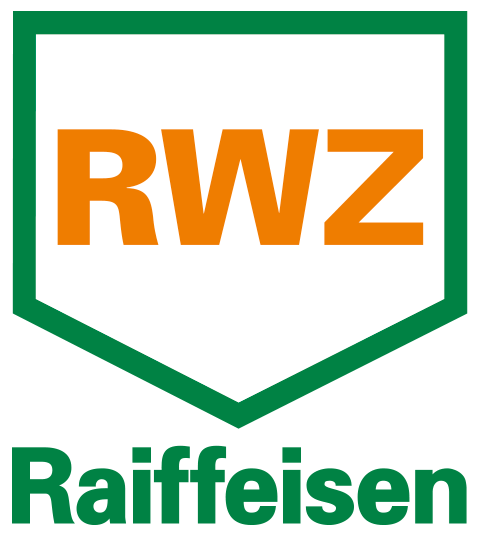Outcome
Where others stop, we just start. With our ekipa innovation formats, we bring together a variety of players from industry, research and the start-up world to develop unique solutions to the biggest problems. As an intermediary, we bring the players together and manage the entire innovation process.


